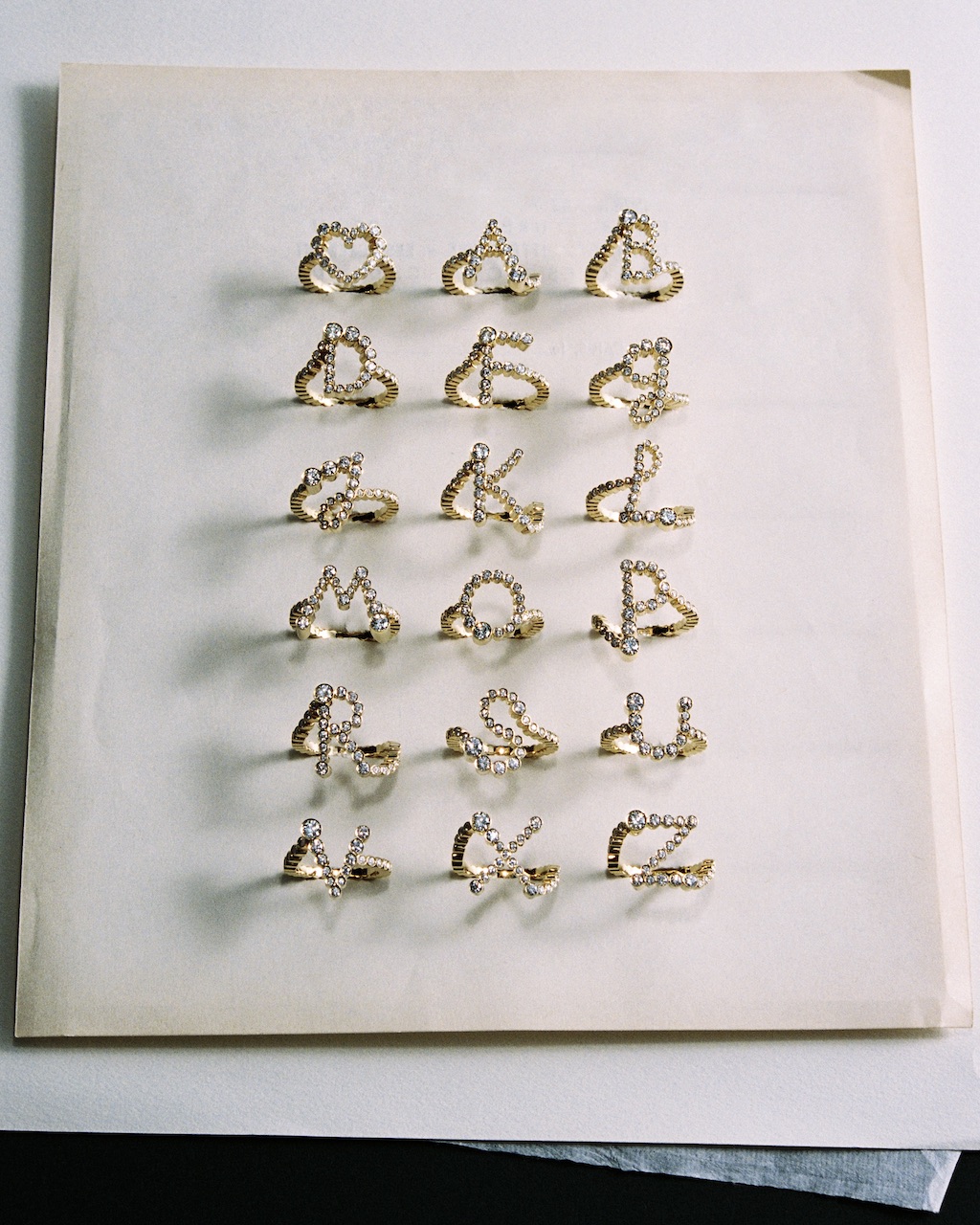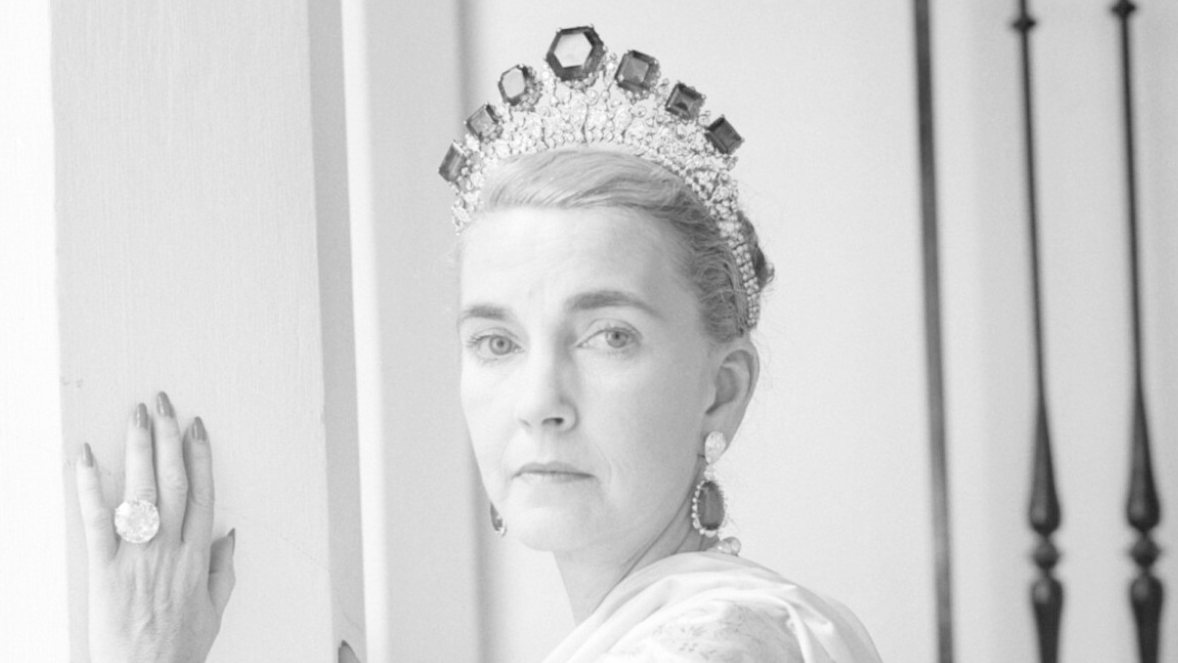< Historic Diamonds / Famous Diamonds
The Excelsior Diamond: The Greatest Diamond the World Forgot
Once the largest diamonds ever discovered, the Excelsior should have been a legend, but a controversial decision shattered its legacy and left it largely forgotten.
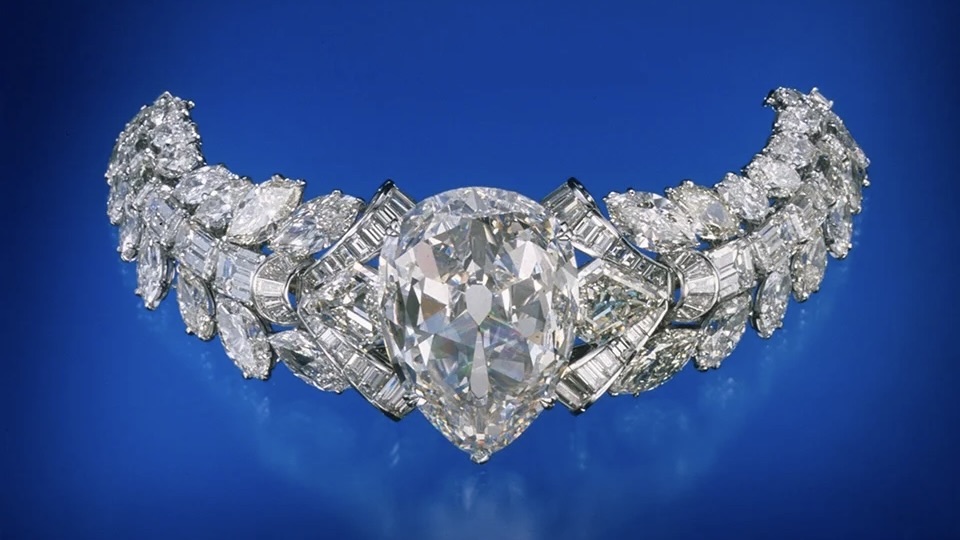
Excelsior I set in a bracelet by Mouawad (Courtesy of Mouawad)
Some diamonds become legends because of the crowns they adorn, the headlines they generate, their extreme rarity, or their natural colors. One diamond, despite its astonishing size and beauty, slips into the margins of history. The Excelsior Diamond was once the largest known diamond on Earth, born from the storied Jagersfontein mine, and is now a mystery even to many connoisseurs. Its saga is a paradox. How did a 995.2-carat marvel become the most significant diamond that almost no one knows?
Ahead, discover how the Excelsior Diamond rose to greatness, vanished into fragments, and became the forgotten giant of diamond history.
Meet the Expert

- Grant Mobley is the Jewelry & Watch Editor of Only Natural Diamonds.
- He is a GIA Diamonds Graduate.
- He has over 17 years of jewelry industry experience, starting with growing up in his family’s retail jewelry stores.
A Flash in the Jagersfontein Night: The Excelsior Diamond’s Origins
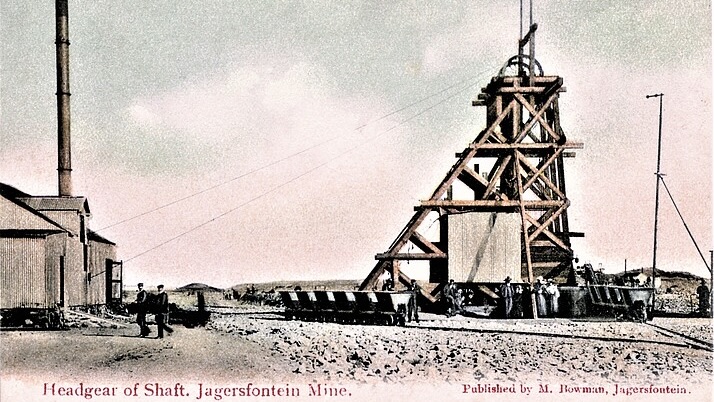
Jagersfontein, in South Africa’s Orange Free State, holds a quiet but pivotal place in diamond history. Though the mine predated the much more famous mine in Kimberley, South Africa, and produced stones with a distinctive faint bluish “Jagers” tint, Kimberley’s drama and discoveries overshadowed it. Yet Jagersfontein yielded two of the most important rough diamonds in history: the Excelsior Diamond and the Jubilee Diamond.
On the evening of June 30, 1893, a miner loading gravel into a truck noticed a glint, scooped it from his shovel, and delivered an immense crystal to the mine manager. The reward, £500 and a saddled horse (a fortune for the time), spoke volumes about the moment. The stone weighed 995.2 carats, a blue-white beauty typical of Jagersfontein material, but with some internal black inclusions also characteristic of the mine. Flat on one side and rising to a peak on the other, it looked like a mountain. The name came easily: Excelsior, meaning “higher.”
With that single discovery, South Africa dethroned centuries of Indian primacy in record-size diamonds. Until the Cullinan arrived in 1905 at 3,106.75 carats, the Excelsior reigned as the largest diamond ever found and still sits among the top five gem-quality roughs in history.
The Excelsior Diamond Was a Record Stone with a Quiet Debut
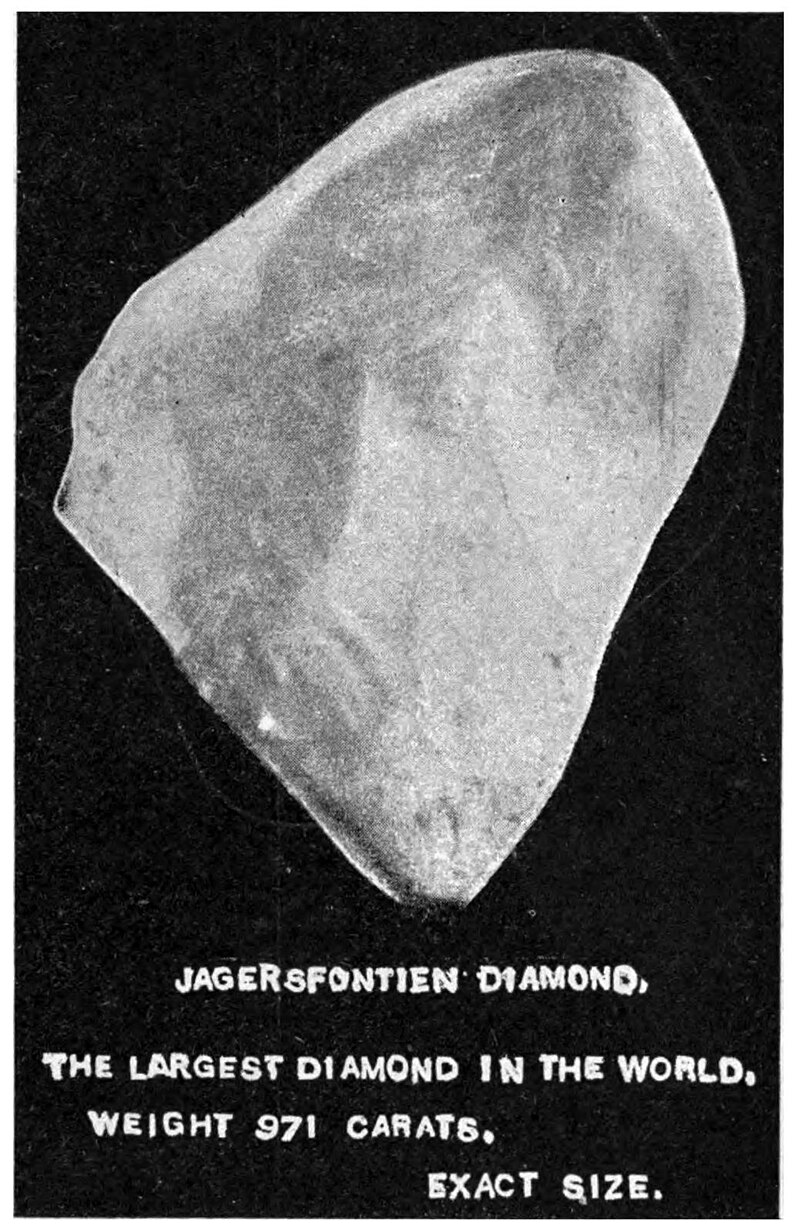
You might expect a sensation. Instead, the Excelsior entered the world with a shrug from the press. Authoritative newspapers of the era barely noticed. Fate added an odd twist: the London purchasing contract for the mine’s output expired the very day the Excelsior surfaced. Had the gem appeared a few hours earlier, the story may have ended very differently.
The stone went to Wernher, Beit & Co. in London, the largest firm among the group that bought Jagersfontein’s rough diamonds. They tried to insure it for £40,000, a king’s sum at the time, but underwriters only extended £16,250 in coverage. For a while, the Excelsior simply sat. In the 1894 annual report, Jagersfontein’s chairman noted that the company still owned half of the 971-carat (then-recorded) Excelsior, “a very valuable asset” whose exact worth was impossible to determine due to the lack of precedent for a diamond of such enormous size and high quality.
Then came the second act from Jagersfontein: a 650.8-carat rough, initially named the Reitz after the Orange Free State’s president. London would rename it the Jubilee in honor of Queen Victoria’s Diamond Jubilee in 1897. With royal branding and a clean, cutting-friendly shape, the Jubilee quickly stepped into the spotlight that the Excelsior never found.
Why the Jubilee Became Famous and the Excelsior Diamond Didn’t
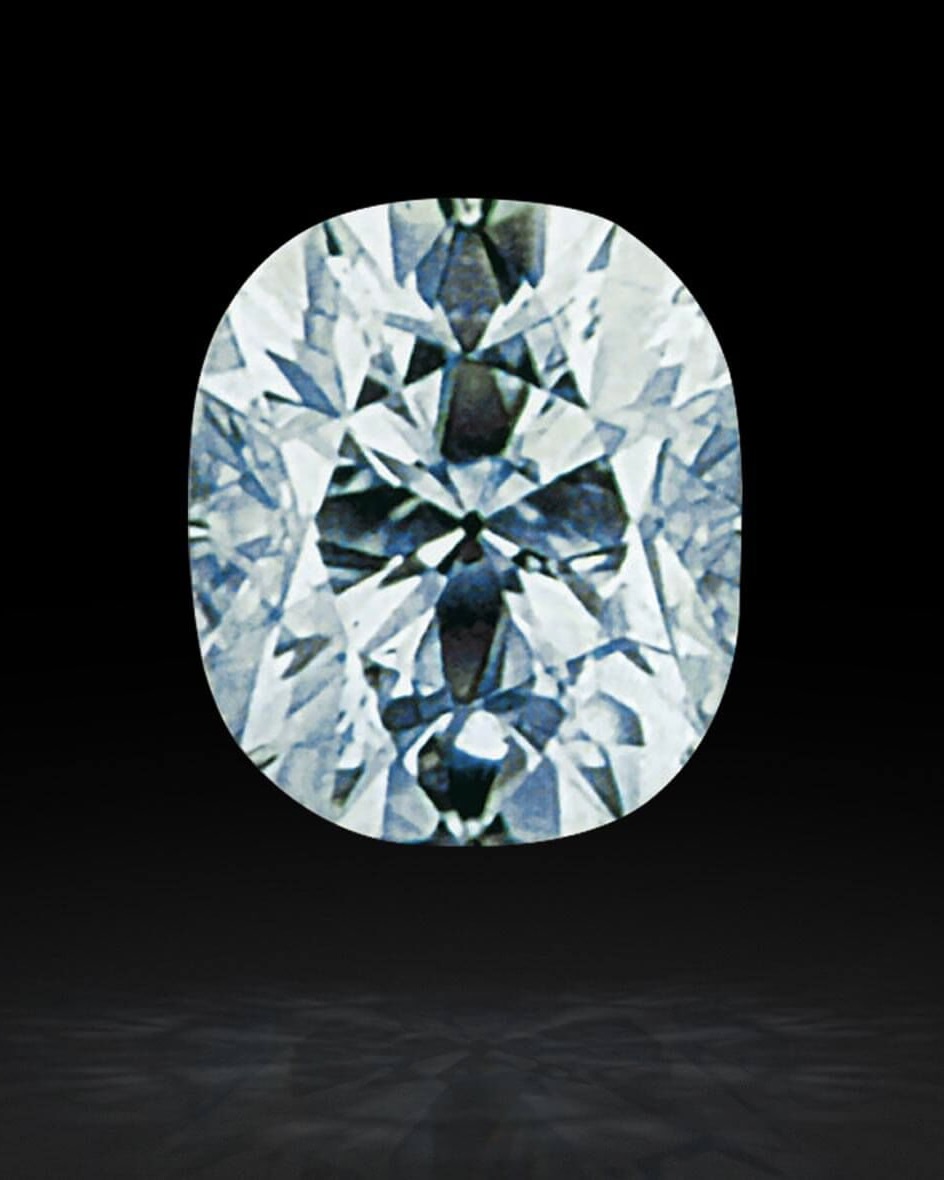
The Jubilee rough was smaller, but it produced spectacle. Cut in 1897, it yielded a 245.35-carat cushion, one of the largest polished diamonds of its day and still among the greats. The Jubilee had everything a legend needs: a regal name, a celebratory moment, and, critically, one exceptionally large polished stone the public could recognize.
The Excelsior had none of those advantages. Despite its superior rough weight, the stone seemed too large and too fine for an obvious buyer in the late 19th century. Years passed without a sale. The lack of press coverage at the discovery didn’t help. And from the start, experts whispered about dark inclusions lurking in the crystal, issues that would later dictate its fate on the cutting wheel.
How the Excelsior Diamond’s Cut Changed Everything
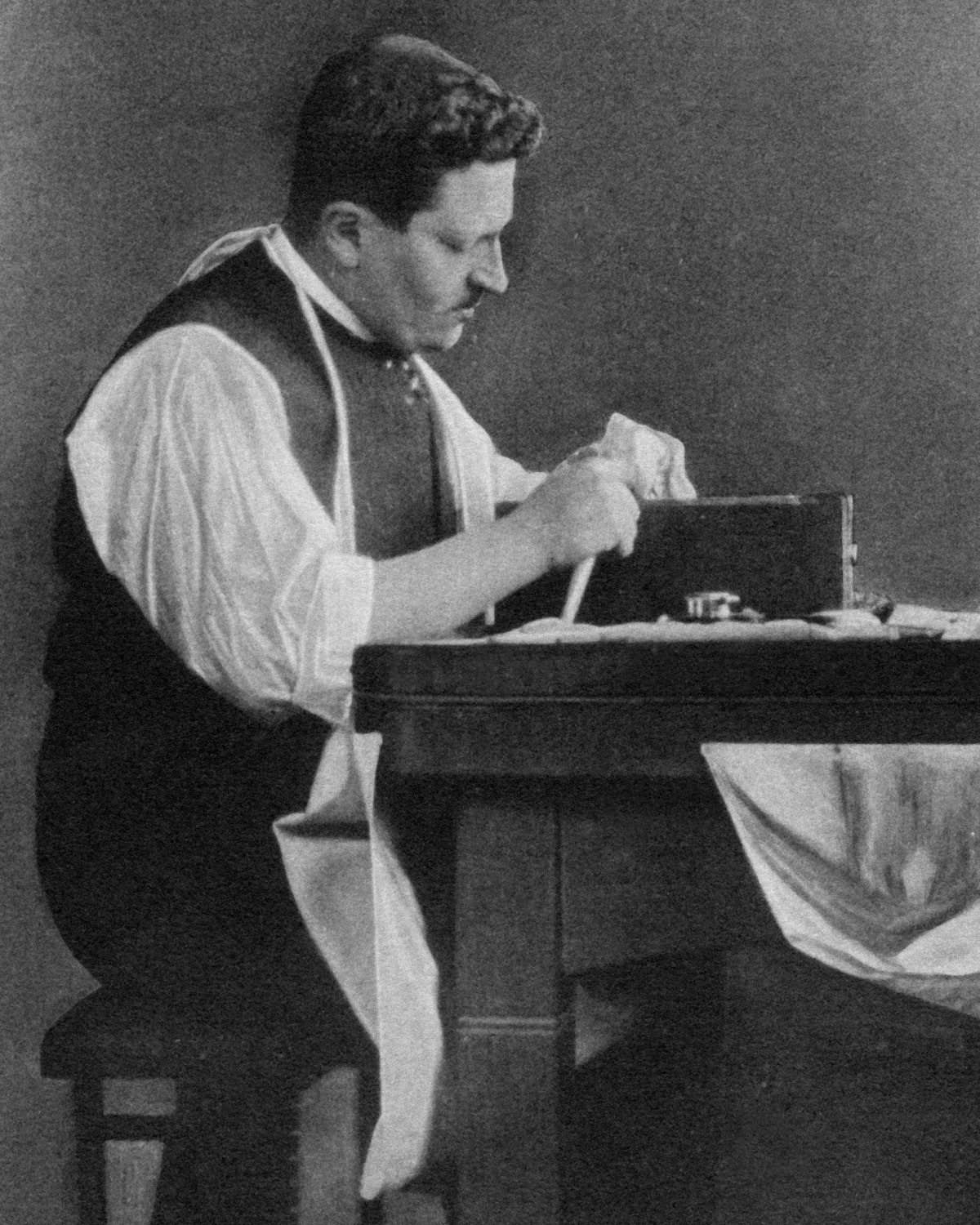
In 1903, after years in vaults, the Excelsior went to I.J. Asscher in Amsterdam, the firm destined to cut the Cullinan a few years later. Here, the story tilts from triumph to tragedy. Rather than aim for one record-breaking stone, the Excelsior was cleaved into ten pieces. The decision split opinion then and still does today. Some called it the “greatest tragedy” in modern diamond history, lamenting that commerce had trumped posterity.
Asscher cleaved the stone into ten pieces: three were 158, 147, and 130 carats. Under the supervision of Henry Koe, the workshop fashioned 21 polished gems. Total finished weight: 373.75 carats, a loss of nearly 63% from the rough, but, by some period accounts, “better than anyone had expected,” given the internal makeup.
The largest, Excelsior I, emerged as a 69.68-carat pear shape; others followed: 47.03-carat pear (Excelsior II), 46.90-carat pear (III), 40.23-carat marquise (IV), 34.91-carat pear (V), and more, down to stones under a carat. Tiffany & Co. acquired three; De Beers displayed a marquise at the 1939 New York World’s Fair; and clues suggest other Excelsior fragments surfaced quietly over the years, sometimes in major exhibitions, sometimes sold to private families who never broadcast their treasures.
From a historian’s perspective, this is the heart of the Excelsior mystery: no single showpiece carried the name forward. Divide a giant into twenty-one, and you fracture its myth. The world remembers names, not lot lists.
The Excelsior Diamond Is the Great Unknown Among Famous Diamonds
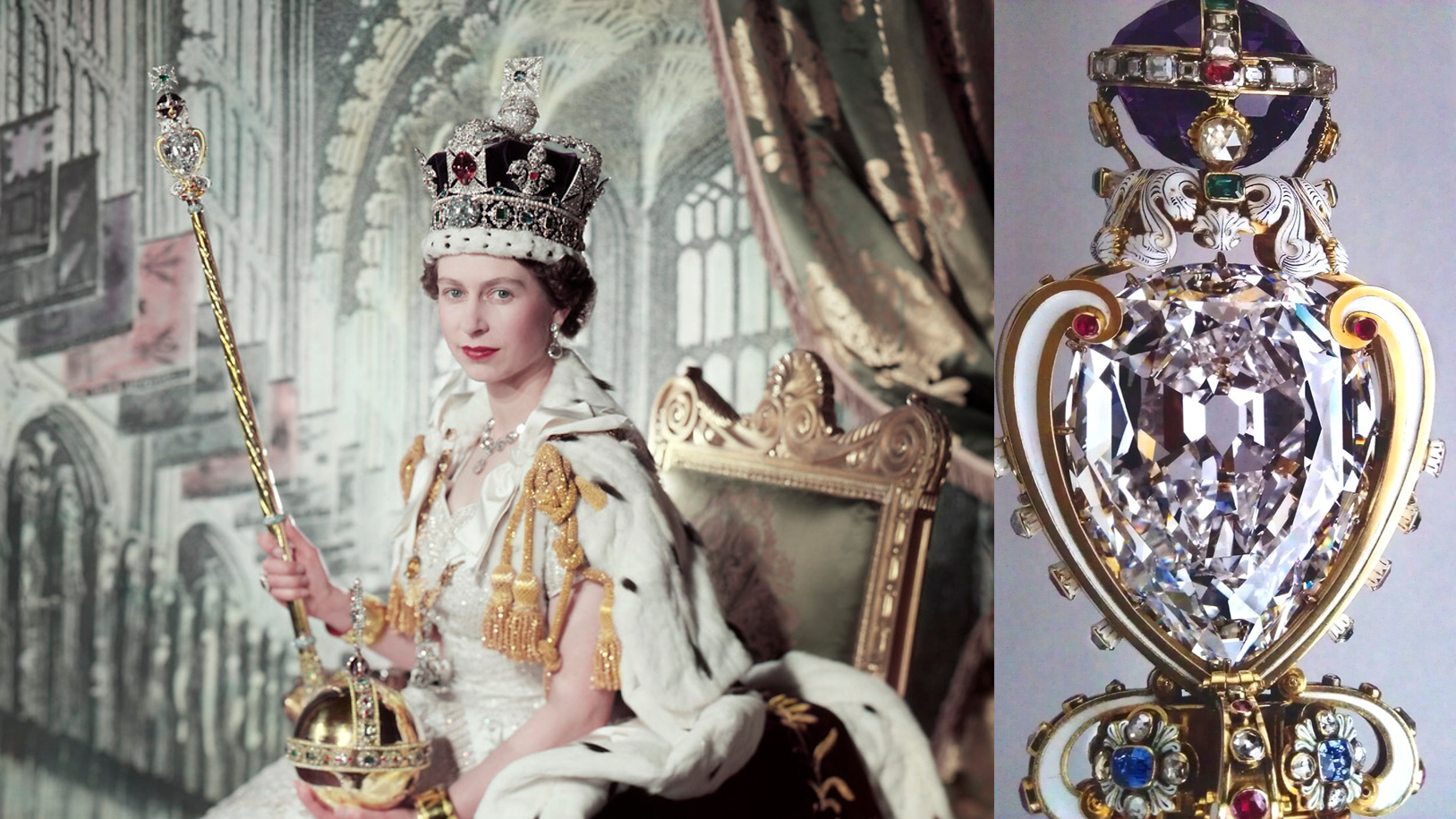
By every objective measure, the Excelsior should have dominated dinner-table gemstone lore. It was the world’s largest diamond for over a decade. It came from a mine famous for its luminous blue-white hue. It preceded the Cullinan and dwarfed the Jubilee in rough form. And yet, ask the average jewelry enthusiast about the Excelsior, and you’ll likely get a blank stare followed by a glowing soliloquy about the Hope, the Cullinan, or the Koh-i-Noor.
Why? Narrative gravity. The Jubilee rode a royal celebration and produced a single monumental jewel. The Cullinan gifted the world multiple crown jewels, including the largest colorless cut diamond in existence. The Hope carried a scandal-soaked provenance across continents. The Excelsior, magnificent as it was, split into anonymity. Its fragments dazzled, but its story dispersed.
What We Know—and Still Don’t—About the Excelsior Diamond
We know Excelsior I, the largest polished stone from the rough, has a prominent presence in the market. It reappeared in 1991, graded by GIA as G color, VS2 clarity, and again in 1996, when Robert Mouawad acquired it for $2,642,000. (Mouawad, a renowned collector of historic diamonds, remains the current owner.) We know Tiffany owned three Excelsior stones early on. We know De Beers showed a marquise from the Excelsior at the 1939 World’s Fair. We also have compelling but unconfirmed sightings that could match other numbered stones, such as a 40-carat marquise shown by Harry Winston in 1949 or a 46.5-carat pear-shaped stone sold at Parke-Bernet in 1957, originally purchased from Tiffany.
But we don’t have a single museum-grade, household-name masterpiece linking the public imagination to the word Excelsior. That’s the difference between fame and a footnote in the world of diamonds.
The Lesson Hidden in a 995-Carat Crystal
It’s tempting to call the Excelsior Diamond’s fate a mistake and move on, but the truth is more nuanced. The cutters of the day likely faced a difficult crystal filled with minute dark inclusions. The market also had little precedent for placing a gigantic diamond with a single buyer. Dividing the stone created salable perfection at the scale collectors wanted, rather than just the singular spectacle historians crave.
What the Excelsior teaches us is that carats alone don’t crown a legend. The Jubilee produced one instantly iconic gem with a royal tie-in; the Cullinan produced the stuff of Royalty; the Hope carried centuries of intrigue. The Excelsior, for all its greatness, never found that unifying image.
And yet, for those who love diamond history, the Excelsior’s enigma is precisely its allure. Its pieces shine in quiet collections, occasionally surfacing to remind us of the largest diamond of its time.
Why the Excelsior Diamond Still Matters
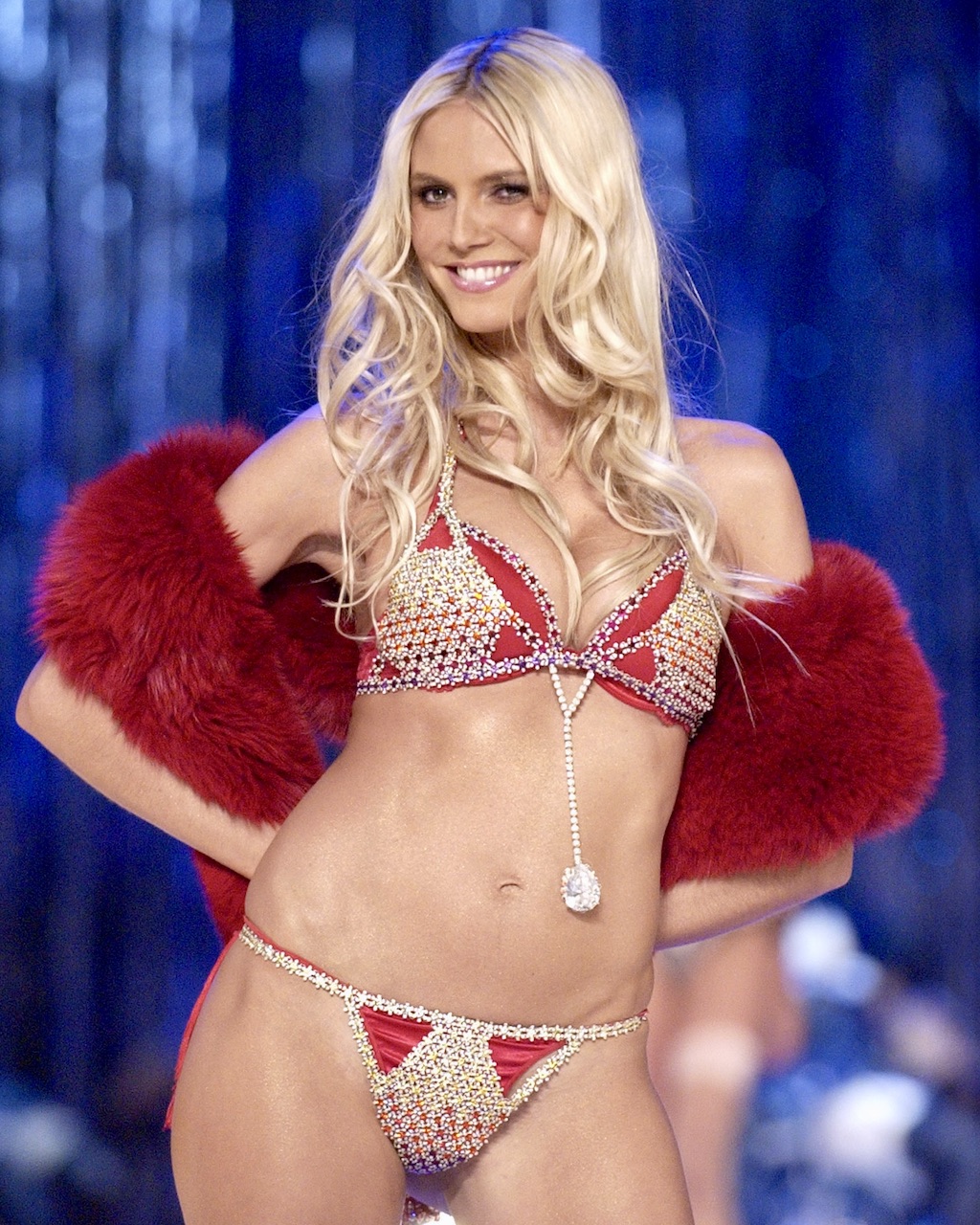
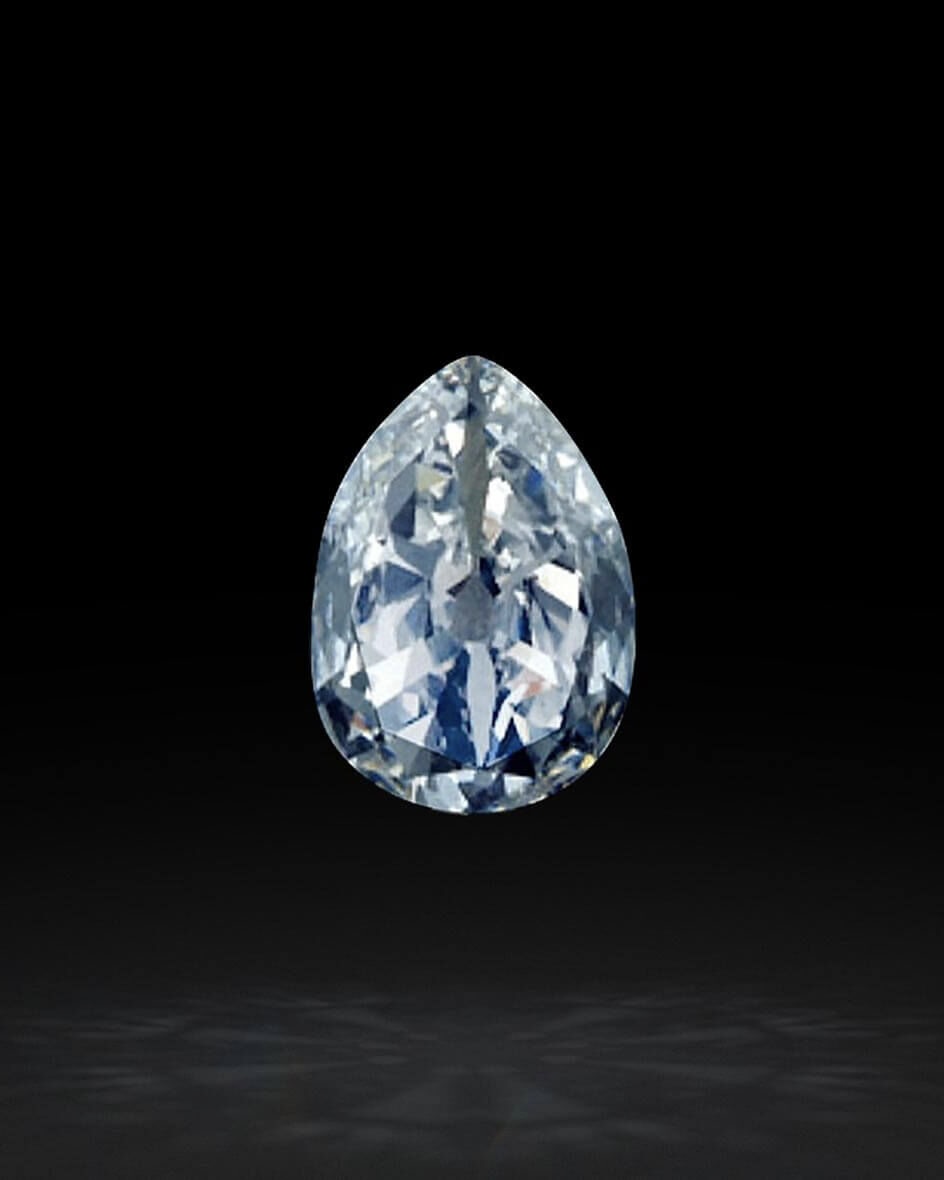
In the end, the Excelsior Diamond belongs to a small class of diamonds that changed the record books but never dominated the headlines. It is the greatest diamond the world forgot, not because it lacked beauty, but because it lacked a singular stage. If anything, that makes it more intriguing today. Somewhere, a marquise in a private collection or a pear-shaped in a family heirloom box carries the light of a stone that once towered over all others. The giant from Jagersfontein whose fragments still dazzle, even if the world never learned to say its name.

